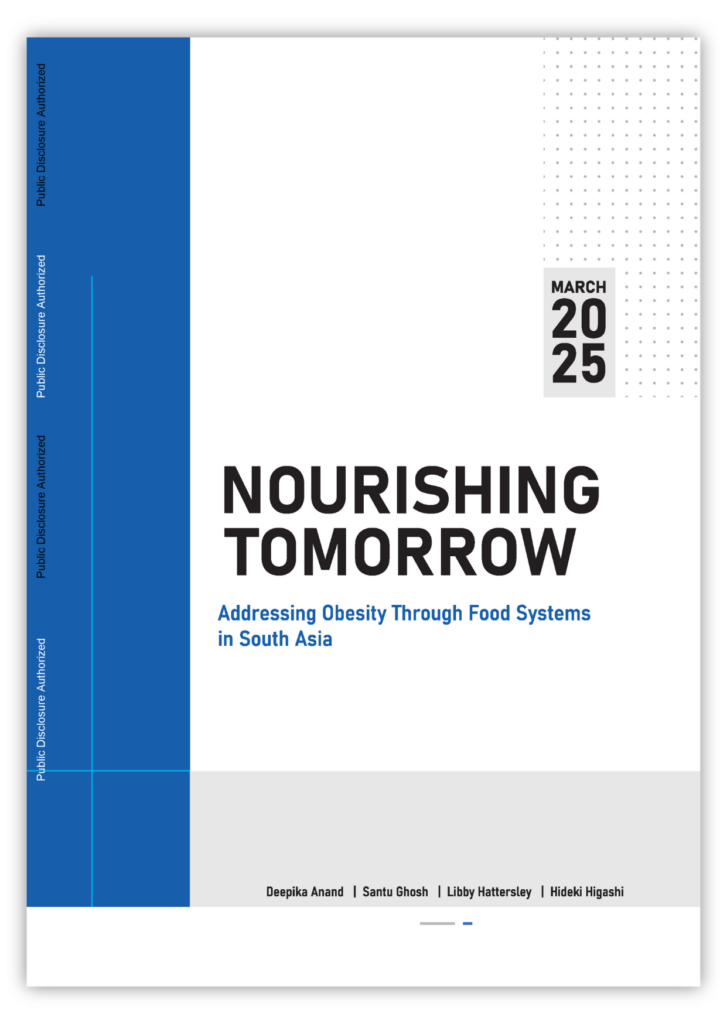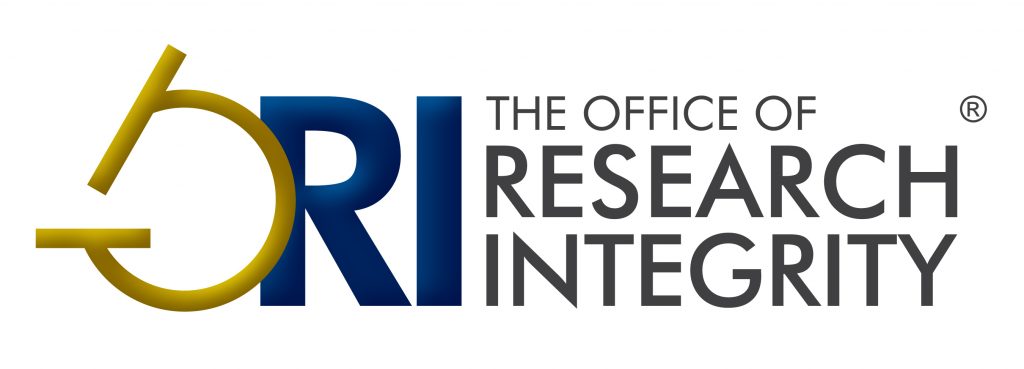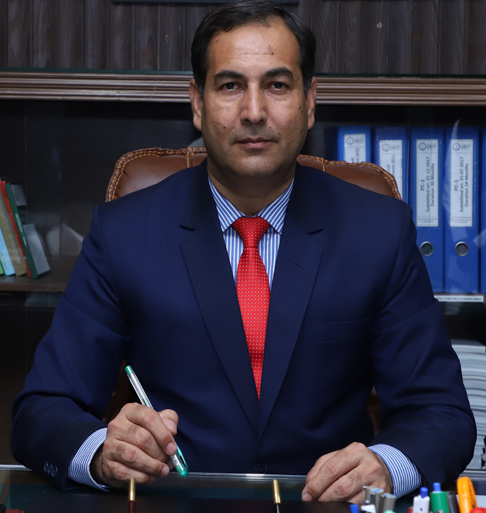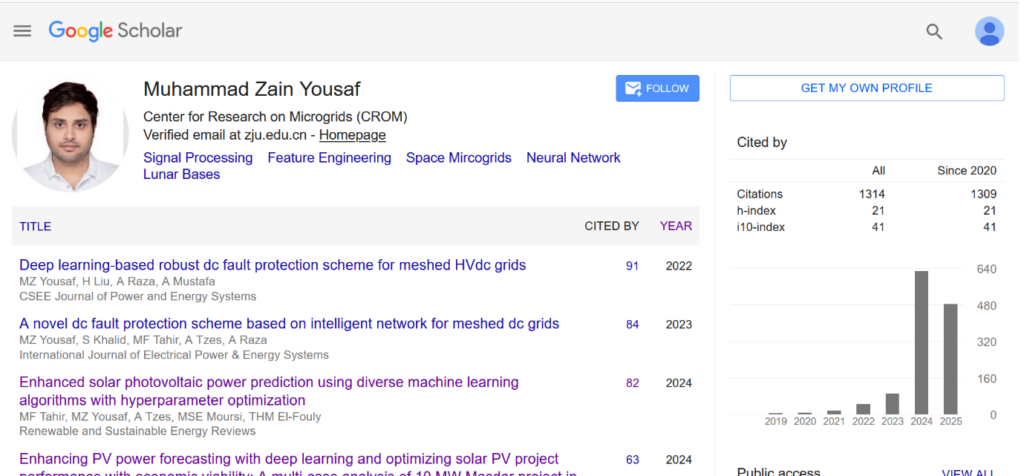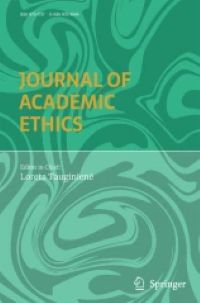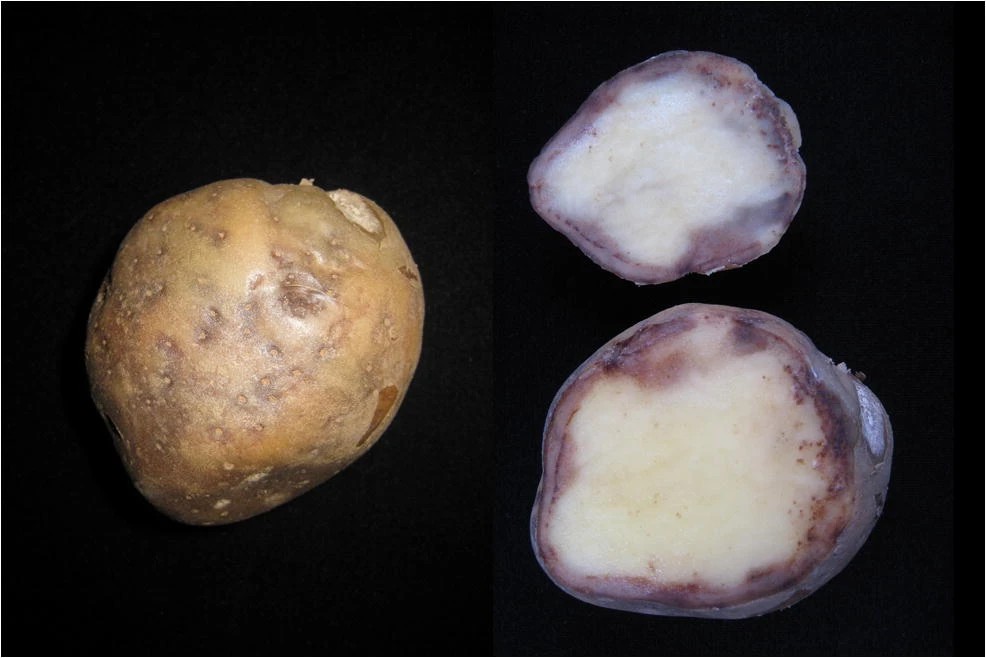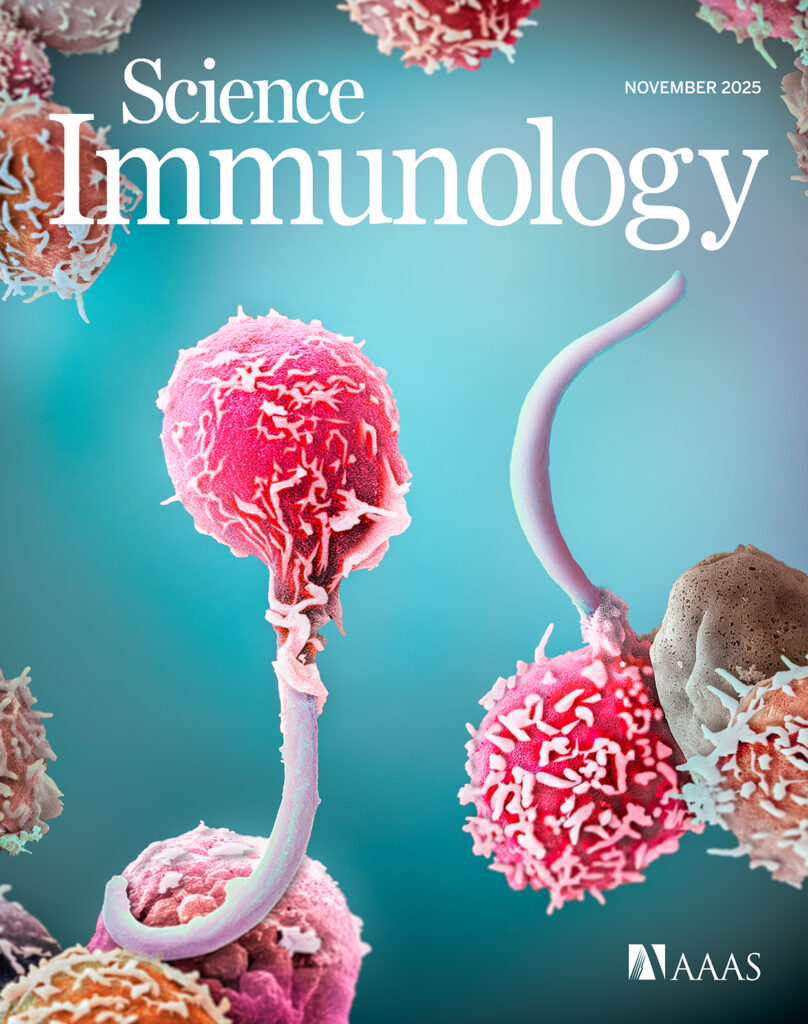A World Bank report on obesity trends with at least 14 fake references in the text has been removed from the website and is being reviewed by the organization following a Retraction Watch inquiry.
The report, “Nourishing Tomorrow: Addressing Obesity Through Food Systems in South Asia,” was published in March 2025 in the World Bank Group’s Open Knowledge Repository. The document describes an analysis of how different food systems contribute to rising rates of obesity in South Asian countries. Three of its four authors are employees of the World Bank.
Muhammad Azam first came across the report in a WhatsApp group for sports science research in Pakistan, he told us. Azam, of the Government College University Lahore, has studied the prevalence of sports science research published in predatory journals in that country. So when a group member shared that some publications Azam knew to be suspect had been cited in the report, he took a closer look and found several “problematic entries,” he told us.
Continue reading World Bank report ‘removed for review’ of nonexistent references after Retraction Watch inquiry